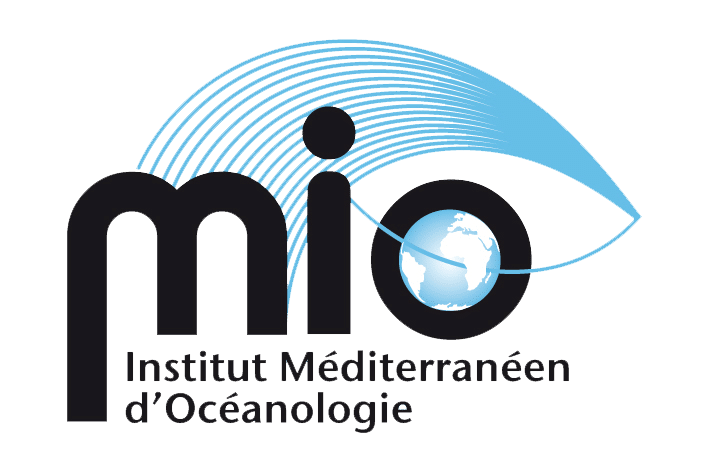Our colleagues at the MIO, Thomas Changeux and Thomas Richard (EMBIO) are heavily involved in this project.
During a visit to a museum, have you come across a work of art containing an aquatic animal? Share your discoveries online and contribute to the progress of this original study in historical ecology by staff from the Institut méditerranéen d'océanologie (MIO) and the Temps, Espaces, Langages, Europe méridionale, Méditerranée (TELEMMe) laboratory!
During a visit to a museum, have you come across a work of art containing an aquatic animal? Share your discoveries online and help advance this original study in historical ecology by researchers from the Institut méditerranéen d'océanologie (MIO) and the Temps, Espaces, Langages, Europe méridionale, Méditerranée (TELEMMe) laboratory!
Understanding the aquatic environments of the past is essential if we are to better understand and protect the ecosystems of today.
Researchers working on the BiodivAquArt project are using works of art as sources of information and evidence about aquatic fauna. This information is analysed using the statistical tools of ecology. By cross-referencing this data with historical and archaeological studies, the works of art provide us with information about the long-term evolution of aquatic socio-ecosystems in Europe, and enable us to determine the 'natural' state of the environment before degradation.
A participatory programme to enrich analyses
Researchers need to collect a large number of works of art in order to refine their analyses... so get involved in this research project by helping them to collect works!
How can you take part?
Simply create an account on www.biodivaquart.frThen publish a work that you have come across during your visits to a museum, gallery, etc.
Share the photo and fill in a few details. Explore and comment on the other contributions in the gallery!
These works must contain :
- aquatic fauna (fish, molluscs, crustaceans, etc.)
- the name of the author,
- geographical origin
- the period of the work.
Contacts BiodivAquArt
Anne-Sophie Tribot : anne-sophie.tribot@univ-amu.fr
Thomas Changeux : thomas.changeux@ird.fr
Daniel Faget: daniel.faget@univ-amu.fr
Thomas Richard : thomas.richard@mio.osupytheas.fr
More information




